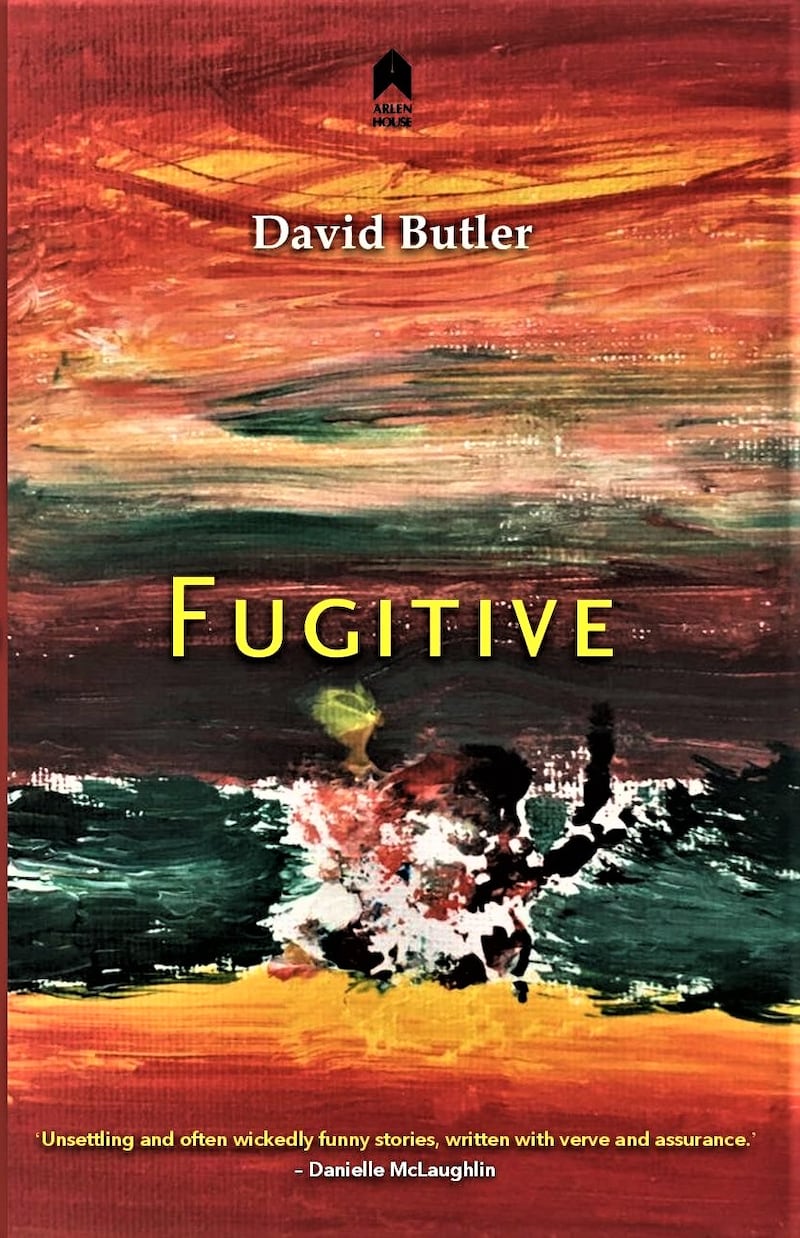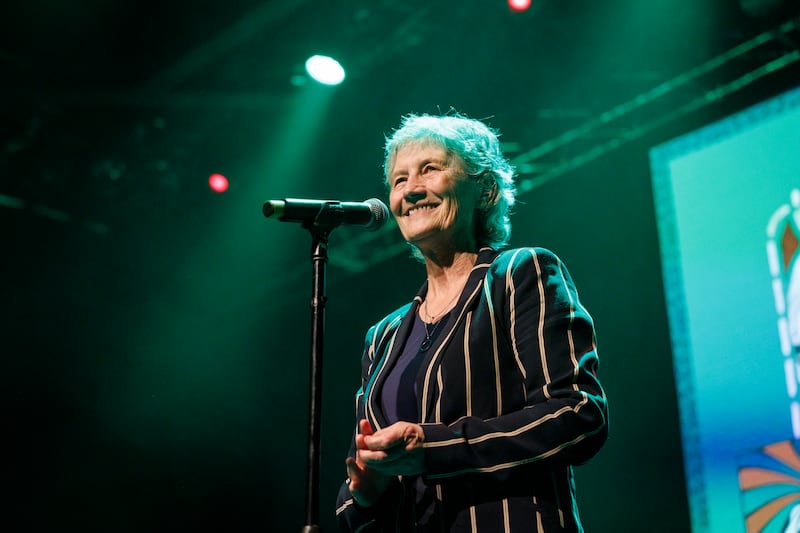Fugitive, my second short story collection, has been a long time in the making. It’s been eight eventful years since my first collection, No Greater Love, was published by Ward Wood.
Dubliner, the oldest story in the new collection, appeared in print a literary lifetime ago, way back in 2002 – it was my first story to feature in the hallowed pages of the Stinging Fly. The newest story, Distancing, is a response to marital abuse during the first Covid lockdown. Hopefully, this long gestation has meant I’ve managed to side-step the dreaded “second album curse”. At the very least, it’s meant that I got to select from 50 or 60 stories lurking on the hard drive, most of them published, most shortlisted in contests, both here and in the UK. Four are competition winners.
Too much ink has been spilt over what precisely a short story consists of for me to add anything useful here. The pages of Ernest Hemingway’s Forty-Nine Stories would probably house about a half-dozen by Alice Monro. Suffice to say the longest story in Fugitive weighs in at 15,000 words while the shortest is just shy of a thousand. The majority, though, come in just under 2,000 or occasionally 3,000 words. It’s no coincidence that these are the upper limits of the majority of contests and quite a number of journals.

I’ve been fortunate. As it happens, the two lengths mesh well with the body-mass index of the stories as they first occurred to me, so that little trimming has been necessary, and what trimming as has taken place has invariably improved the story. I’ve never once re-attached the pounds shed for a story’s re-appearance in book form.
The stories of Fugitive are orthodox to the extent that they feature realistic characters and plots. I don’t use the term “old-fashioned” – is there anything the avant-garde is up to that wasn’t tried a hundred years ago by a Machado de Assis, a Kafka or a Gertrude Stein?
Some of the stories span years, some hours, but all take as their centre of gravity the response to an event. Often, the event has occurred just prior to the story’s opening. A house has flooded. A couple has accepted an ill-advised lift from a stranger. A developer has gone bankrupt. A driver has been involved in a hit-and-run. A feisty student has lamped an amorous lecturer with a motorbike helmet. By story’s end, the protagonists’ characters have in some way changed.
About half are narrated in the first person, half in what is termed “close third”, where the narrative register is closely allied to the protagonist’s consciousness. Do I limit the stories to the male point of view? Absolutely not! Imaginative empathy is what allowed Joyce to dream up the mighty Molly Bloom, to say nothing of a Jewish advertising salesman.
Most commentators would agree that the Irish short story has experienced something of a golden age over the quarter century that I’ve been turning my pen to them. Just think of the landmark debut collections – Claire Keegan’s Antarctica, Kevin Barry’s There Are Little Kingdoms, Colin Barrett’s Young Skins, Danielle McLaughlin’s Dinosaurs on Other Planets, Louise Kennedy’s The End of the World is a Cul de Sac.
If I was to put my finger on a reason for this flowering, it would be the proliferation of small independent presses that actively champion the short story here – Arlen House, Stinging Fly, Doire Press, New Island, Lilliput, Crannóg, Banshee – together with the ever widening circle of literary festivals.
How different the literary scene was in the previous quarter century, when the possibility of publication for the short story was largely down to the imprimatur of one individual! This proliferation has led to a remarkable, and remarkably healthy, variety of form and tone: a Mike McCormack story reads nothing like a story by Mary Costello, which reads nothing like a story by June Caldwell.
Over the past couple of years, there’s been a penchant in publishing for books which straddle the genres of novel and connected short story – Elizabeth Strout’s Olive Kitteridge and Anything is Possible would be cases in point. Part of the impetus to classify these as novels rather than short story collections may of course be down to marketing – there are so many more opportunities for international awards with the novel. In Ireland, in the last 18 months alone, Jan Carson’s Last Resort, Sarah Moss’s Summerwater and Madeleine D’Arcy’s Liberty Terrace all straddle this fence. But once again there’s nothing new in this. The fictional worlds of Faulkner’s Yoknapatawpha County, Márquez’s Macondo, even Joyce’s Dublin abound in recurring characters who move variously through novels and multiple stories.
It’s easy to see the attraction, both for author and reader. Individual episodes, be they chapters or stories, are self-contained and satisfyingly complete, but the imaginative investment in character and place need not be relinquished at episode’s end. It may be carried on and amplified, rather, but without the continuous narrative drive the conventional novel’s architecture demands.
The format suits our time-impoverished lifestyles. A number of the stories in Fugitive take place in a fictional Barrowside town based loosely on Carlow, where I lectured and lived for five years. The unnamed town is also the locus of a novel-length work-in-progress, Under the Sign of the Goat, and a one-act play, Blue Love. Certain keystone events, locations, and characters recur or are referred to. What the story form affords is the flexibility to explore individual themes as they arise or as they interest the author – the proliferation of ghost estates, say, or the challenges of immigration, or the impetus that led to the Repeal the 8th movement.
So where to next? The stories that have remained in brood on my hard drive are already starting to clamour for a new collection – this one, more rigorously straddling the divide between connected short story and novel.
Fugitive by David Butler is published by Arlen House. It is launched, alongside collections by Tanya Farrelly and Rosemary Jenkinson, on Tuesday, November 16th at 8.30pm in the Teachers' Club, Parnell Square, Dublin.














